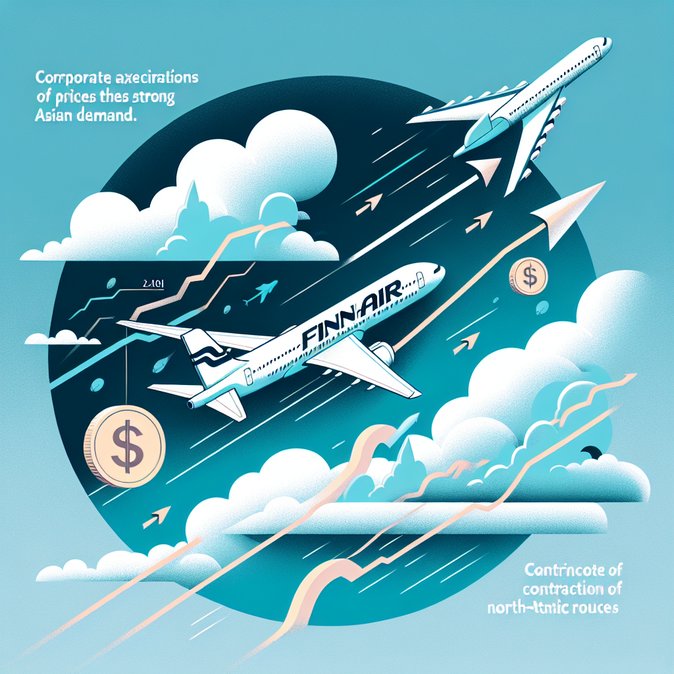
Finnair published its October 2025 traffic performance report on 6 November, offering the clearest picture yet of how Finland’s flag-carrier is repositioning its network after two turbulent years. The airline carried 1 034 500 passengers in October, 1.2 percent more than a year earlier, despite trimming overall capacity by 2.3 percent. What moved the needle was Asia: capacity to Osaka and Nagoya was ramped up, helping the Asian cabin-factor climb sharply and signalling solid demand from Japanese tour operators and Finnish tech exporters eager to revive face-to-face meetings.
By contrast, North-Atlantic traffic continued to languish. Finnair slashed Los Angeles frequencies and reported a “significant decline” in both capacity and passengers on the U.S. routes it still operates. Corporate travel managers cite a weaker euro-to-dollar exchange rate and lingering U.S. visa backlogs as deterrents, while Finnair blames higher fuel prices and the indirect routings still required to avoid Russian airspace.
![Finnair’s October Figures Reveal Asian Rebound and North-Atlantic Slowdown]()
The mixed picture underscores the strategic bind facing many Nordic carriers. Finnair’s Asian pivot is paying off—but only partially replaces the high-yield North-Atlantic revenue it once relied on. The airline has already warned investors that full-year operating profit will be just €30–60 million, down from an original €30–130 million range. Travel-management companies tell clients to expect continuing schedule volatility, particularly on U.S. routes, and to budget for higher fares on Japan-bound flights as demand outstrips reduced seat supply.
For global-mobility teams, the message is clear: book early for Helsinki–Japan sectors, build slack into itineraries that connect via Helsinki to North America, and monitor Finnair’s winter timetable updates closely—especially if projects depend on freight belly-hold capacity, which the carrier also cut back last month.
By contrast, North-Atlantic traffic continued to languish. Finnair slashed Los Angeles frequencies and reported a “significant decline” in both capacity and passengers on the U.S. routes it still operates. Corporate travel managers cite a weaker euro-to-dollar exchange rate and lingering U.S. visa backlogs as deterrents, while Finnair blames higher fuel prices and the indirect routings still required to avoid Russian airspace.

The mixed picture underscores the strategic bind facing many Nordic carriers. Finnair’s Asian pivot is paying off—but only partially replaces the high-yield North-Atlantic revenue it once relied on. The airline has already warned investors that full-year operating profit will be just €30–60 million, down from an original €30–130 million range. Travel-management companies tell clients to expect continuing schedule volatility, particularly on U.S. routes, and to budget for higher fares on Japan-bound flights as demand outstrips reduced seat supply.
For global-mobility teams, the message is clear: book early for Helsinki–Japan sectors, build slack into itineraries that connect via Helsinki to North America, and monitor Finnair’s winter timetable updates closely—especially if projects depend on freight belly-hold capacity, which the carrier also cut back last month.









